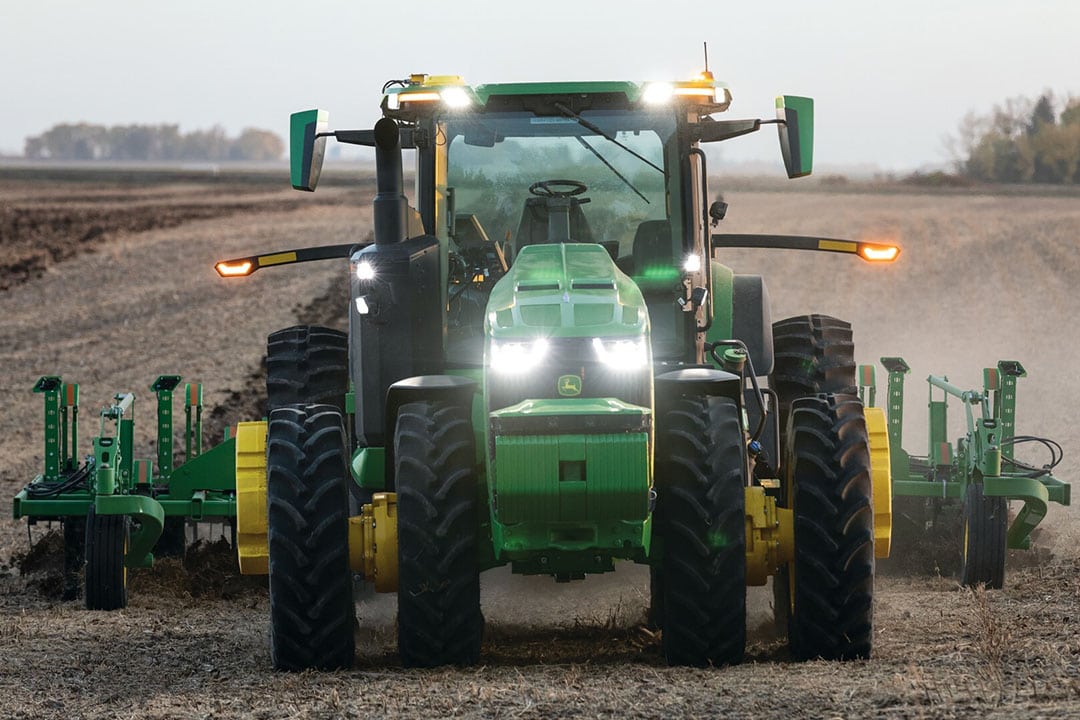The autonomous John Deere from a farmer’s perspective: Part I

What do farmers think of the autonomous John Deere? What impact will it have on their farm? Future Farming asks farmers around the world. This week, Saskatchewan farmer Kenton Possberg.
John Deere says there is great interest in its new autonomous tractor, especially in regions with large-scale agriculture, such as North and South America, Australia and the CIS countries. Do farmers agree?

Autonomous equipment is an attractive thing for Kenton Possberg, a grain farmer managing 16,000 acres of canola, malt barley, oats, and wheat in central Saskatchewan.
With guidance lines and multi-vehicle sharing already a feature of his current fleet, however, the additional benefits of John Deere’s fully-autonomous 8R series is not a preferrable choice – at least not currently.
“I struggle with it because we have land that’s all over the place,” says Possberg, referring to parcels which can be separated by many miles. Even if the machine works as intended, having to travel not insignificant distances to resolve issues does not strike him as practical.
Potential costs of mistakes too high
Even on some of his largest sections, Possberg does not know if his farm will see completely autonomous vehicles operating without on-hand supervision in his lifetime. The potential costs of mistakes, particularly at seeding and other critical parts of the growing season, are just too high.
How is it going to know where the wet spots are and whether it should drive through or drive around?
“It isn’t able to visualize like we are. It is able to fine tune and get things closer to perfect, but what if you’re seeding and the drill gets plugged with straw? How is it going to know where the wet spots are and whether it should drive through or drive around?”
Text continues underneath image

Near-autonomy is currently preferrable
Possberg reiterates he does believe autonomy is a valuable characteristic, but that near-autonomy is currently preferrable and already being employed. He also recognizes the resources companies like John Deere have invested in the technology, and that full autonomy could be a practical solution in the future.
The 8R aside, he believes smaller autonomous platforms are likely to prove valuable for many different types of arable production. However, he stresses equipment needs to be financially viable – both in terms of initial purchase and longer-term worth. “Most breakdowns are electronic in large machines anymore. It’s not the same as it was,” says Possberg.
“It is a little concerning. What is the value of this equipment going to be? What’s the depreciation going to be? Its like an iPhone that’s four years old, and you can’t put the new system on there…Everything gets to zero at some point.”
Join 17,000+ subscribers
Subscribe to our newsletter to stay updated about all the need-to-know content in the agricultural sector, two times a week.
 Beheer
Beheer



 WP Admin
WP Admin  Bewerk bericht
Bewerk bericht